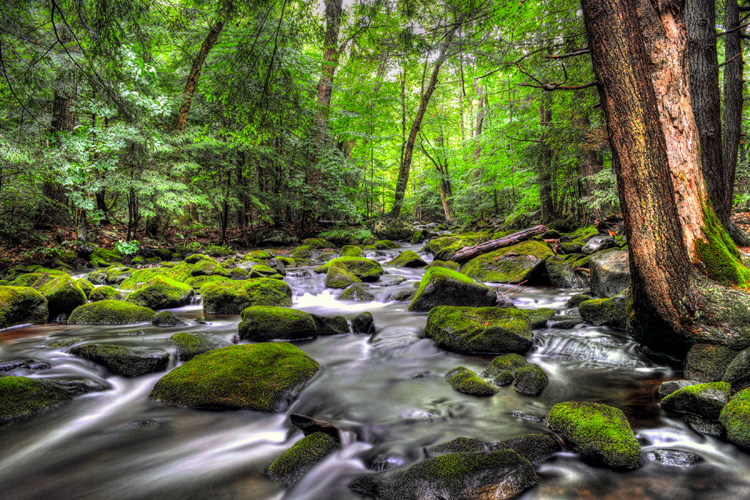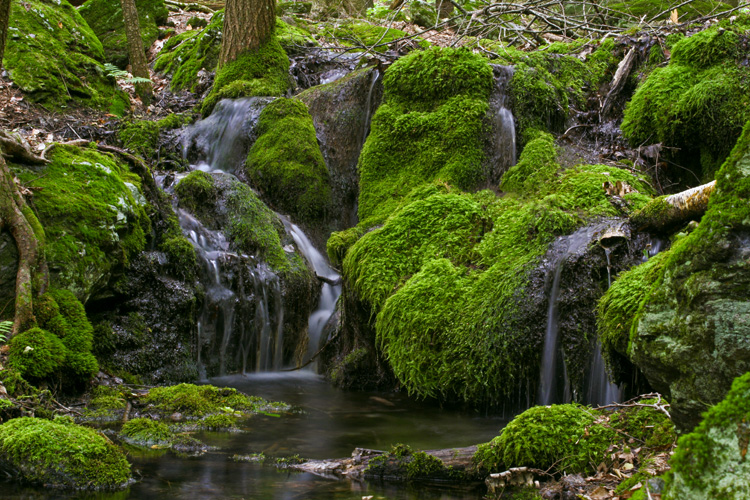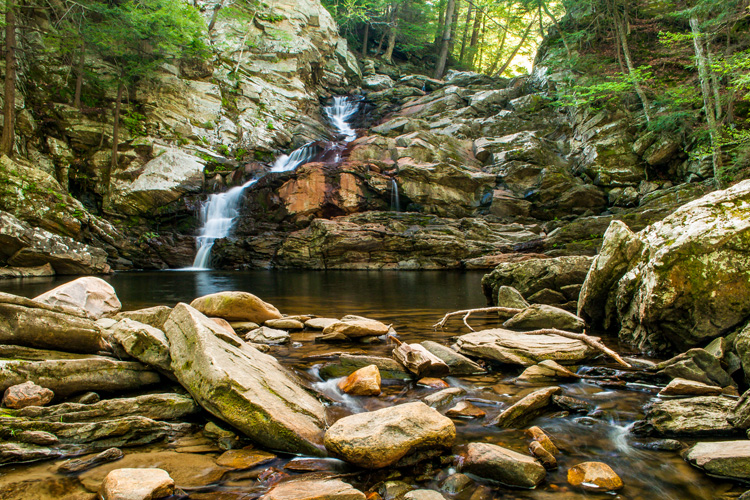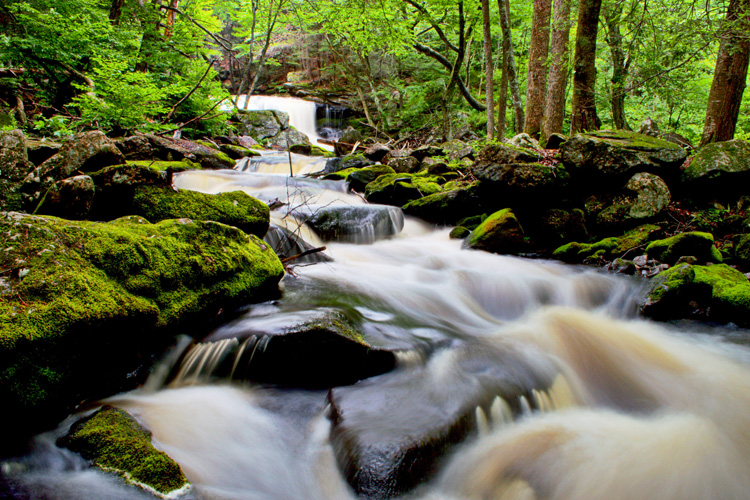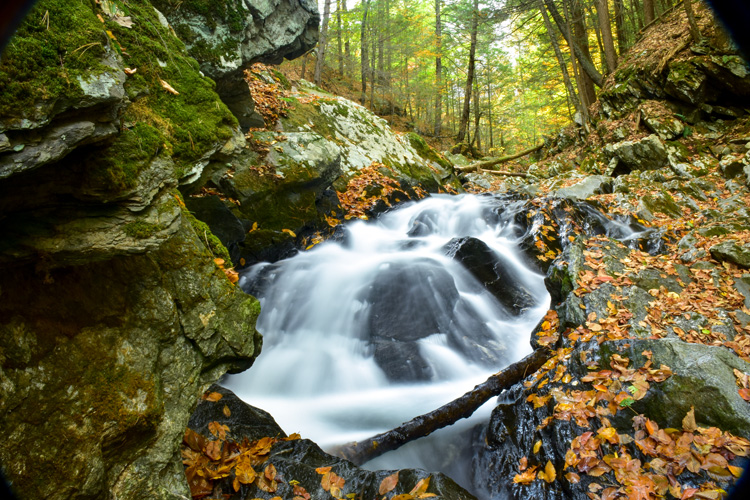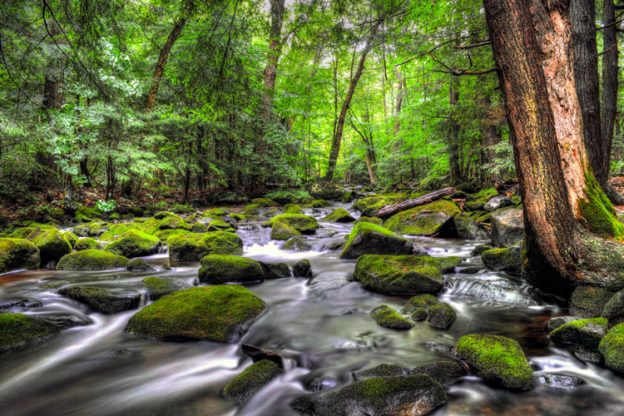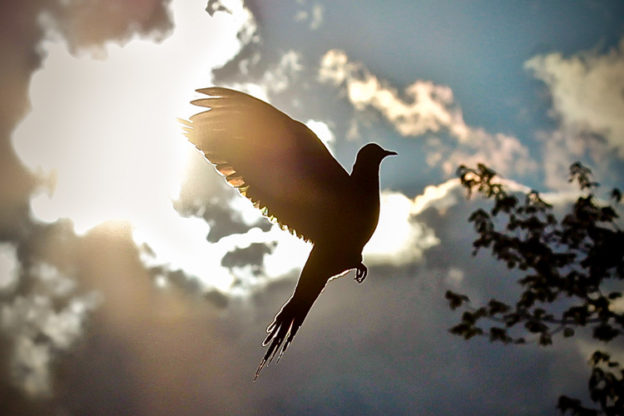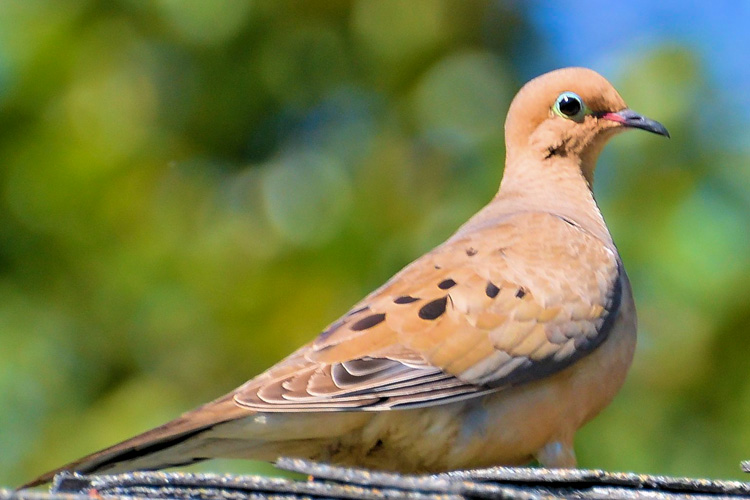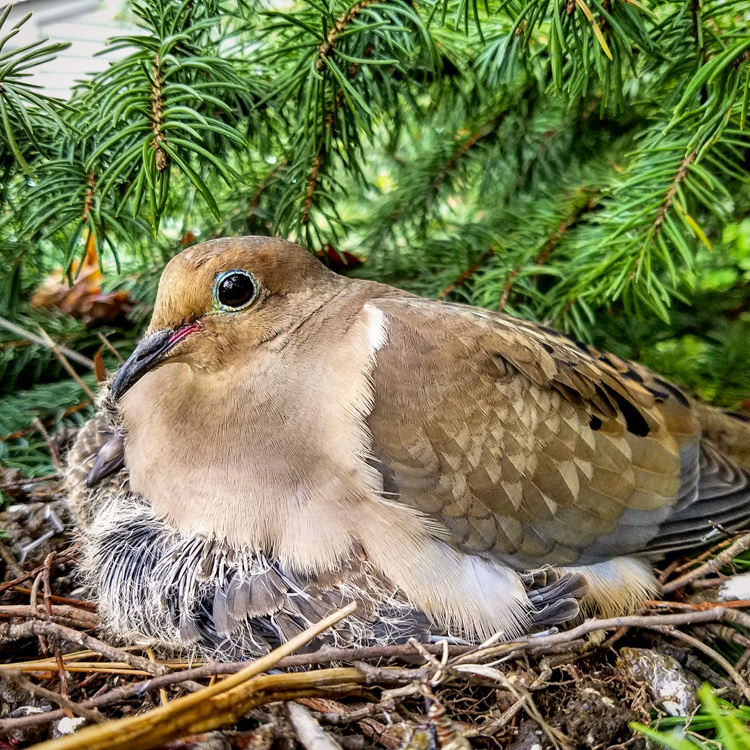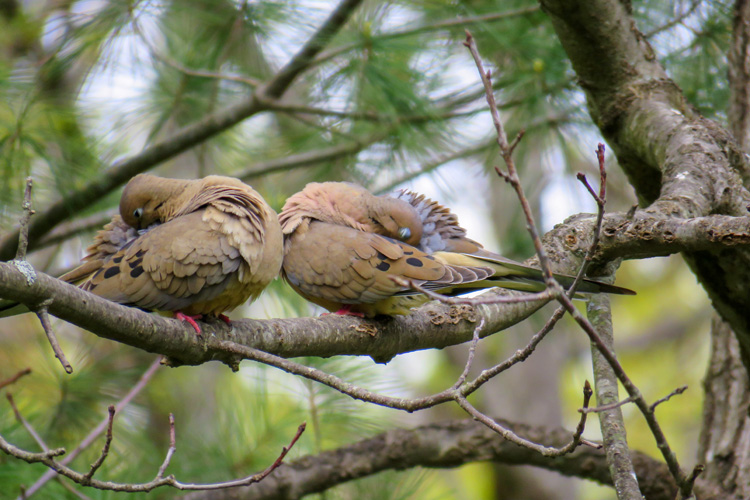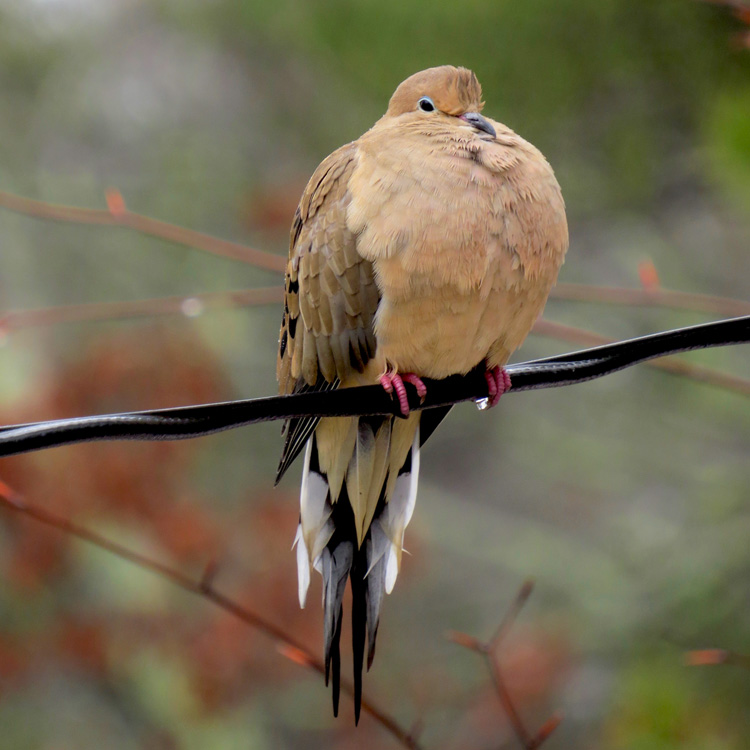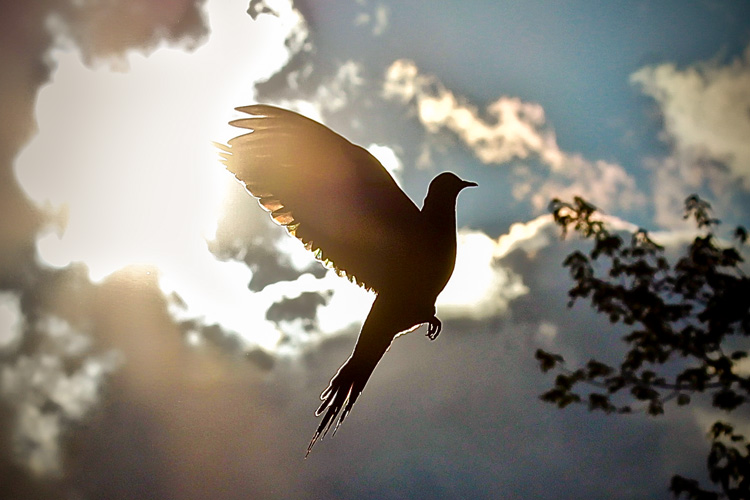While any amount of time spent in nature has been shown to boost your mood, reduce stress levels, and improve overall health and wellbeing, there is something particularly soothing about the gentle, continuous babbling of a forest stream. Close your eyes and picture a quiet spot in the woods somewhere, with moss-covered rocks and warm sunlight filtering down through the canopy, dappling the water and leaf litter with a haphazard checkerboard of verdant light.
Getting outside to enjoy special places like these can be challenging right now, so here are five gorgeous photos of babbling brooks from our annual Picture This: Your Great Outdoors photo contest for you to enjoy. We hope that imagining yourself in the gentle repose of these scenes will bring you a moment of peace, serenity, and clarity.
